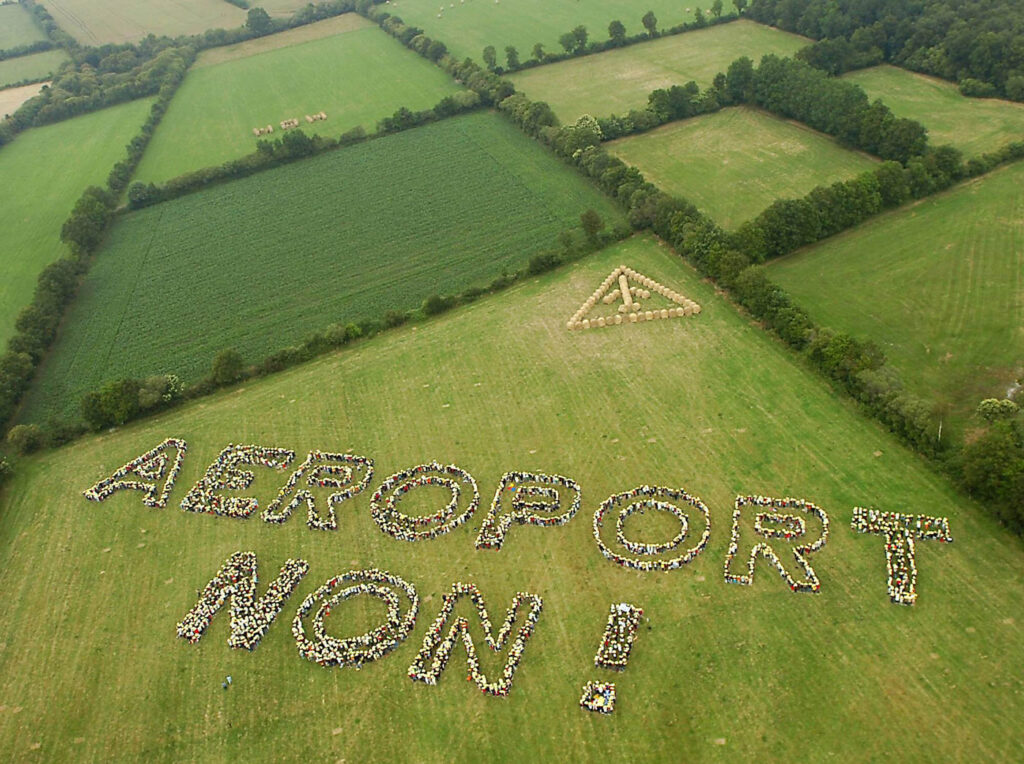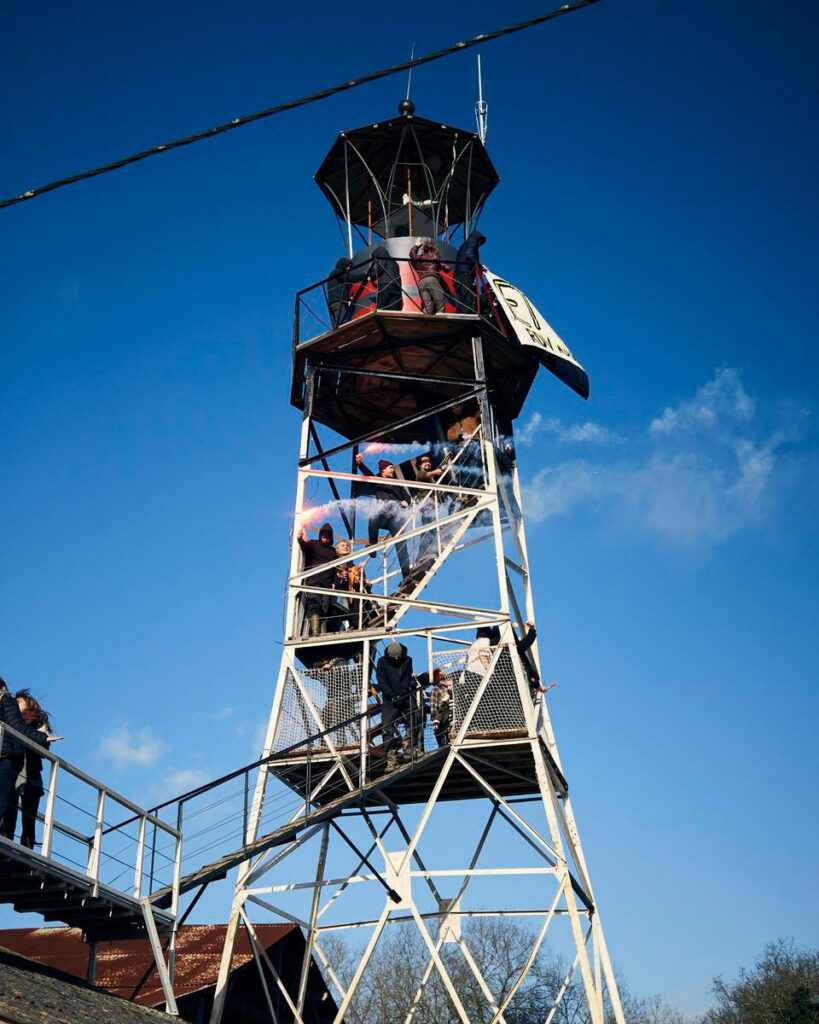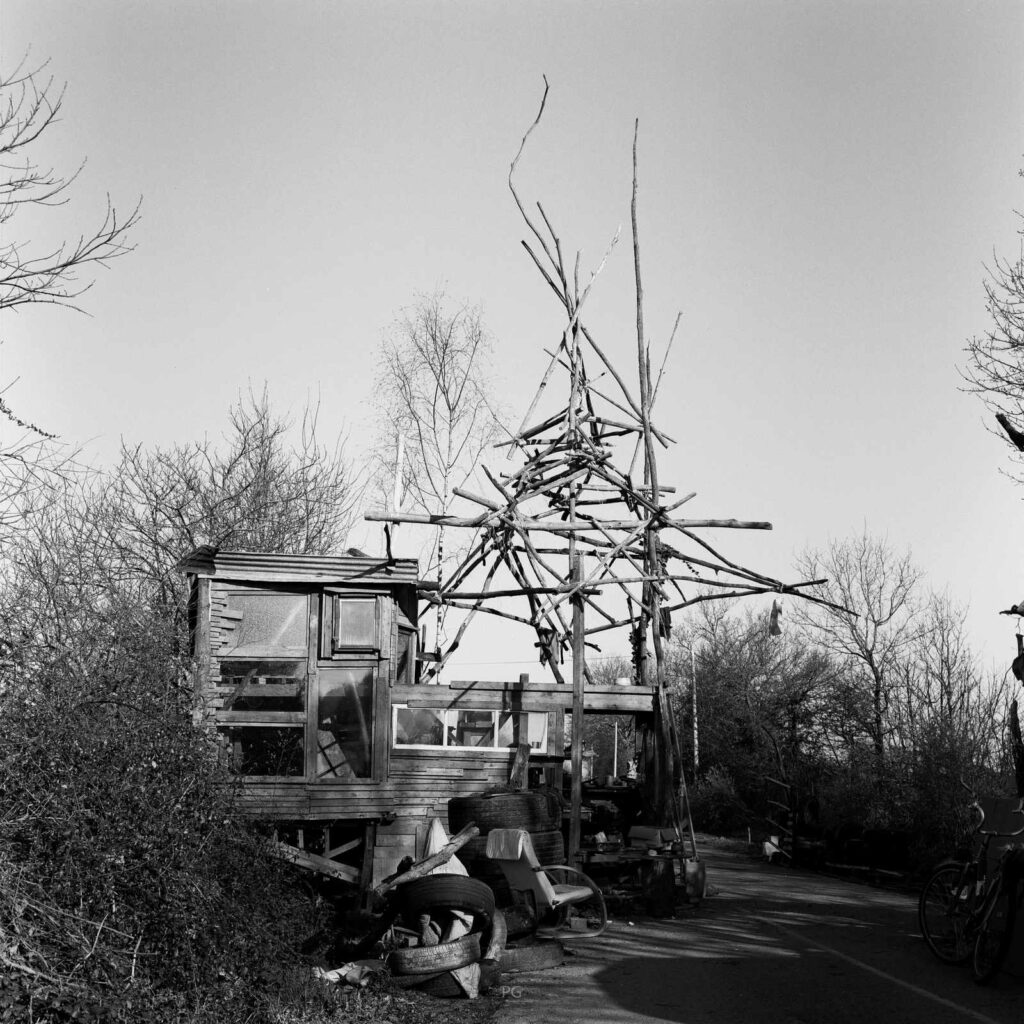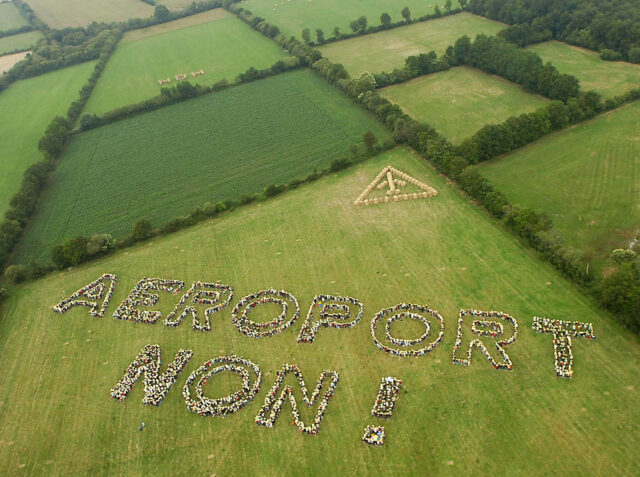
Originally, I had planned to travel to the zad, or zone a défendre, in France to experience the autonomous zone in all of its glory. Due to COVID-19, I will instead conduct a thorough content analysis from afar, in addition to interviews with zad organizers and visitors.
I started my research with a literature review and preliminary content analysis. So far I’ve focused the lit review on the capitalocene as a crisis and anarchism as a way to organize within it. This is mostly theory, with few examples like Occupy, M15, and the Gandhian movement.
Through my content analysis, I’ve learned how the zad defies the normative model of living, eschewing ownership, domination, and capitalism. In the short docu-fiction, Phare, it is evident that through comradeship, autonomy, and agency the residents of the zad have collectively created a modern anarchist utopia as resistance to capitalism’s exploitation. In Agency John Jordan describes those living at the zad—present, and interconnected with the species, land, and ecosystem services.

Defending the zad illustrates the encroachment of the police state on the zad. Having survived two different police raids, the zad has rebounded both times with increased solidarity and further state-resistance. The direct action that the people of the zad have executed against the State exemplifies their anarchistic beliefs of forbidding domination and ownership and trusting in solidarity and mutual aid. Because of the collective trust of the region, solidarity, and mutual-aid, the zad has been survived each police intrusion.

My research will focus on the anarchistic elements that the zad is using. Through a deep study of the zad’s non-hierarchical organizing methods, their uses of direct action, and the other anarchistic community-building elements and rituals that have been used in the construction of the autonomous zone, I will better be able to understand how anarchism can be used for survival in the capitalocene. I hope to provide a deeper understanding of the success anarchism can have during crisis, allowing for the ability to aid and bolster organizing efforts in NYC, expanding this project beyond a solely theoretical paper and into tangible action for survival amidst ecological destruction.
